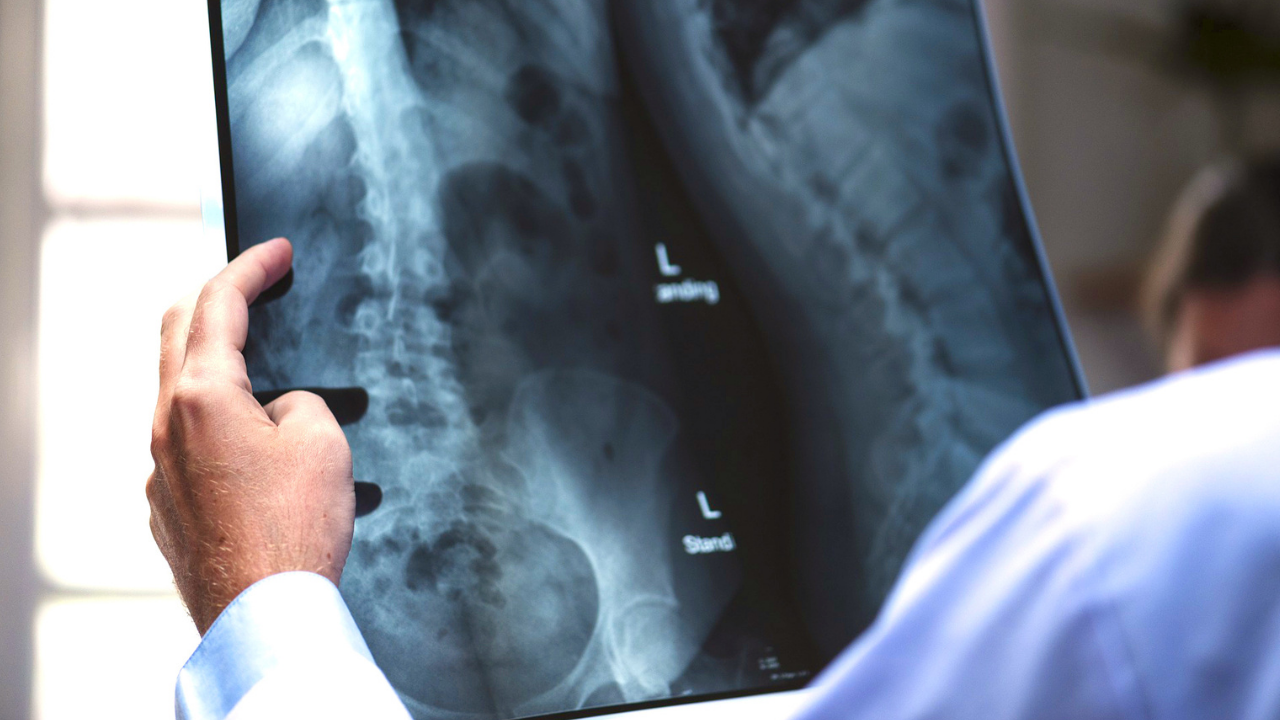October 13, 2020
2m 20s
Share:
Hyperoxia triggered by Hyperbaric Oxygenation Treatment generates a series of physiological effects that produce multiple benefits. Among them, it regenerates different tissues and accelerates the processes of neurological rehabilitation and the healing of complex wounds.
Hyperbaric Oxygenation Therapy produces stem cell release and increases neuroblastic cells. It activates neuronal mitochondria and peripheral and central axonal elongation. This significantly stimulates neuroplasticity, making it useful as a complementary therapy to intensive post-stroke and post-cerebral ischemia rehabilitation, even years after having suffered the event.
In mild and moderate brain trauma, it reduces neuroinflammation, brain edema, and post-traumatic stress. Among other effects, mitochondrial reactivation of the neuromuscular plate induces an increase in motor activity as evidenced in children with cerebral palsy, or in the recovery from different cerebral hypoxias.
Hyperbaric oxygen produces an increase in brain oxygenation and reactivates lethargic neurons in the post-injury period, recovering its activity and rehabilitating some sequelae after ischemic events, including gas poisoning.
It decreases neuroinflammation and neuronal apoptosis increases neuroprotection and produces an antioxidant effect. Astrocyte activation decreases significantly and this slows the progression of some neurodegenerative diseases. In Alzheimer's, it slows down the progress of memory loss and improves cognitive function. In Parkinson's disease, it was observed that it can reduce some complications such as tremors, motor signs, and non-motor symptoms such as depression and anxiety.
Hyperbaric Oxygenation Treatment reactivates mitochondrial function and improves aerobic brain metabolism, which is why it can trigger the recovery of repressed memory in patients with Fibromyalgia and memory dissociation. Also, in patients with neuro-sensitive syndromes, it improves the neurological perception of pain thanks to its analgesic effect.
Reactivation of mitochondrial functions improves states where chronic inflammation and neuroinflammation can contribute to the disease. For Autism, it has a positive impact on socialization, eye contact, and irritability.
Physical rehabilitation also benefits from the ability of hyperbaric oxygen to regenerate tissues through angiogenesis, collagen synthesis, osteogenesis, and neuronal regeneration. Incorporating Hyperbaric Oxygen accelerates the physical recovery of different injuries such as bone fractures, complex wounds, ligament and tendon injuries, and muscle injuries. Osseointegration facilitates the healing and recovery processes of complex surgeries, prostheses, and processes associated with radiation damage such as osteoradionecrosis.
Hyperbaric Oxygen produces an increase in muscle metabolism and oxygenation, so it decreases anaerobic metabolism and lactic acid. This is why it is useful for the rehabilitation of overtraining syndrome, in addition to different sports injuries.
Due to all these physiological effects triggered by hyperoxia in a systemic and simultaneous way, hyperbaric oxygen is a coadjuvant therapeutic tool in physical and neurological rehabilitation.
Sources
Efrati, S. and E. Ben-Jacob, Reflections on the neurotherapeutic effects of hyperbaric oxygen. Expert review of Neurotherapeutics, 2014. 14(3): 233-236.
Efrati, S., et al., Hyperbaric oxygen therapy can diminish fibromyalgia syndrome–prospective clinical trial. PloS one, 2015. 10(5): p. e0127012.
Mukherjee A, Raison M, Sahni T, Arya A et al. Intensive rehabilitation combined with HBO2 therapy in children with cerebral palsy: A controlled longitudinal study UHM 2014: 41(2), 77-86.
Nazario, J., Hyperbaric oxygen therapy and promoting neurological recovery following nerve trauma. Undersea & Hyperbaric Medicine, 2011. 38(5): 345.
Rossignol DA, Rossignol LW, Smith S, Schneider C, Logerquist S, Usman A, Neubrander J, Madren EM, Hintz E, Grushkin B Hyperbaric treatment for children with autism: a multicenter, randomized, double-blind, controlled trial, BMC Pediatrics 2009, 9:21;1-15.
Efrati, S., et al., Hyperbaric oxygen induces late neuroplasticity in post stroke patients-randomized, prospective trial. PloS one, 2013. 8(1): 53716.
Share:
Related
View cookie policy.


